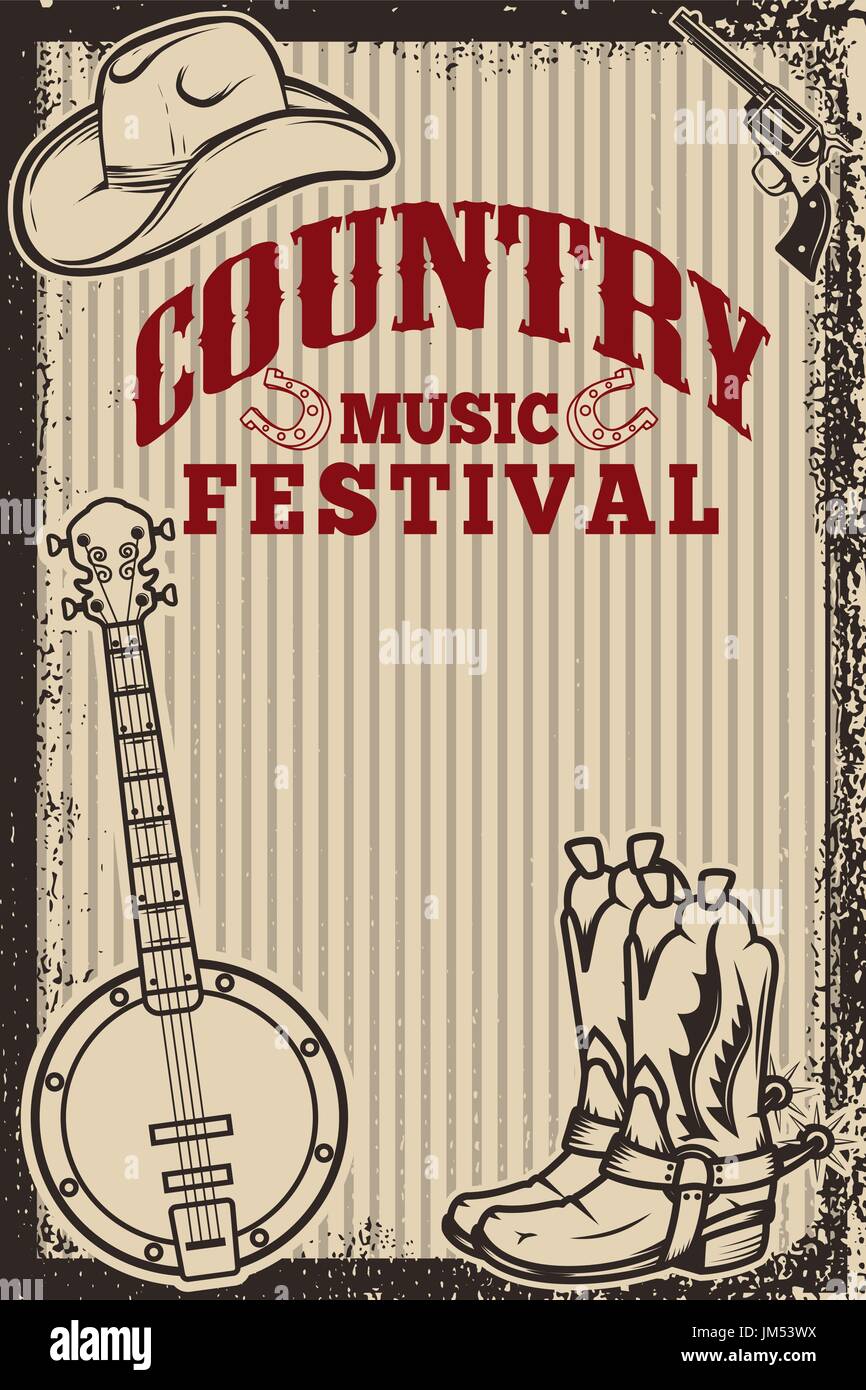Day 10
Posted in Uncategorized with tags Day 8, Day 9 on October 10, 2018 by etitusTo cover the missing days…
Day 8: we mostly discussed the various forms of technology and its evolution through time; the radio and computer for example. The class discussed the idea that “information wants to be free”, how the internet was created to share information, and that it is very difficult to try to hide something once its been online. The adage of “nothing is ever fully deleted from the internet” was a key concept.
Day 9: ? I was absent, but it turns out that this class was not so dissimilar from Day 10. Ever heard of a Minstrel? 
In today’s class, we delved into the origins of some popular music genres. Anyone like country? All nay-sayers are hereby banned from this website (just kidding… mostly…). In upstate New York towards Canada, this is the best music playing on the radio, and also the only music.
What does this have to do with minstrels? I’m getting there.
So, country music, where did it originate? Recently, I went to Paris. The lady I lived the month with had a radio on every morning. One of my first questions to her was, “where’s the country music?”. It broke my heart when she said she had no idea what that was. That’s when I realized that country music is a completely American concept. Or is it?
According to this class, country music is a play on Hawaiian and African roots.
But before continuing, minstrels… what are they? According to google under the historical tag, “a member of a band of entertainers with blackened faces who performed songs and music ostensibly of black American origin”, which is a fancy way of saying that white people liked to knock off what was considered black people music. This was done because of the racial and political lines dividing genres of music. It’s much lessened now, but music that was made by African Americans was considered ONLY for African Americans. Even though a large majority of the American population liked the music, it was considered taboo to go towards that section of a record store. So, people created knock offs, country music being a prime example of this.
Did you notice the picture above near the first mention of country music? More specifically, notice the instrument? When we think of country music, the first thing that comes to mind are cowboy boots, the cowboy hat, and a guitar. So, why the banjo? Well, before the guitars we know today, there was the banjo. Where did this instrument come from? African slaves. Brought over to the US, the banjo was a colonial era African instrument, that happened to have a very likable sound. So, like the minstrel shows, it was copied and pasted into country music, becoming associated with whites by the 1920s.
Then there’s the Hawaiians. Not technically, Hawaii was forced into becoming a state. This made Hawaii interesting to the US, as everything about it is different and unfamiliar with the everyday American culture. They were ruled by royalty, after all. One of the things that caught peoples attention was, you guessed it, their music. Island music was such a strange concept, and an enticing one. One of the first instruments brought over from Hawaii to the US essentially created country music: the steel guitar. If you go to YouTube and search “early country music steel guitar”, you’ll hear a tune between what we know as country and native Hawaiian music. It sounds suspiciously similar to Spongebob Squarepants.
Thus, country music includes the legacy of black-faced minstrelsy and appropriation of Hawaiian music.